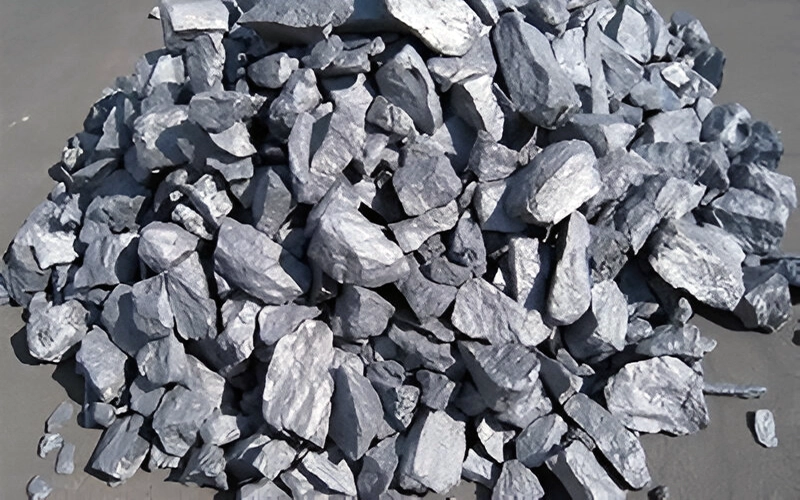Ferro niobium is a key alloy consisting primarily of iron and niobium, typically containing 60–70% niobium by weight. It plays a vital role in the steelmaking industry, where it is used as a microalloying element to improve the strength, durability, and corrosion resistance of steel. Due to its exceptional performance-enhancing characteristics, ferro niobium is indispensable in various high-strength, low-alloy (HSLA) steels.
The production of ferro niobium generally involves the reduction of niobium pentoxide (Nb₂O₅) in the presence of iron. This is typically done via the aluminothermic reduction process, in which aluminum acts as a reducing agent. The resultant alloy is then refined and crushed into specific sizes suitable for steelmaking. Brazil is the largest global producer of niobium and, consequently, the dominant supplier of ferro niobium. Canadian and Chinese operations also contribute to the global supply, though to a lesser extent.
One of the most notable characteristics of ferro niobium is its ability to enhance the strength-to-weight ratio of steel. By adding small amounts (often less than 0.1%), steel manufacturers can achieve significant improvements in mechanical properties without increasing weight, which is crucial in industries like automotive, construction, shipbuilding, and aerospace. For instance, niobium-containing steels are used in pipelines, where their enhanced strength allows for thinner walls and reduced material costs while maintaining safety and performance.
Beyond mechanical enhancements, niobium also improves weldability, resistance to wear, and toughness at low temperatures. These features are especially important in demanding environments such as Arctic infrastructure projects or high-pressure pipelines.

The demand for ferro niobium is closely tied to the broader industrial and infrastructure sectors, particularly in emerging economies with growing construction and transportation needs. As lightweight, high-strength materials become more important for sustainability and energy efficiency, ferro niobium’s relevance is expected to grow.
In summary, ferro niobium is a strategic alloy that significantly improves the performance of steels used in a wide range of applications. Its unique properties, relatively low dosage requirements, and growing global demand make it a valuable material in modern metallurgy and industrial development.
Ferro niobium is an important iron niobium alloy, with a niobium content of 60-70%. It is the main source for niobium alloying of HSLA steel and covers more than 80% of the world wide niobium production. The niobium is mined from pyrochlore deposits and is subsequently transformed into the niobium pentoxide Nb2O5. This oxide is mixed with iron oxide and aluminium and is reduced in an aluminothermic reaction to niobium and iron. The ferroniobium can be purified by electron beam melting or u sed as it is. For alloying with steel the ferroniobium is added to molten steel before casting.

| Nb | Al | C | Si | S | P | Size | Origin |
|---|---|---|---|---|---|---|---|
| 56–67 | 1 max | 0.3 max | 2.5 max | 0.05 | 0.2 | 10–50 mm | Brazil |

© 2013 Vertix Co. All Rights Reserved. Leading Supplier Of Foundry & Metallurgical Materials